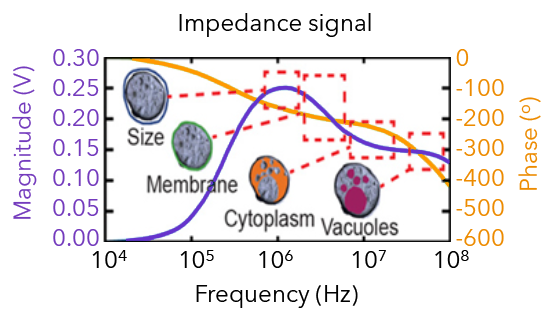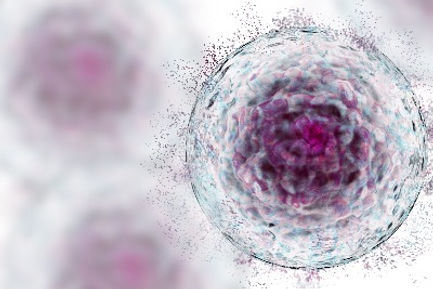Inish Solutions for Label-free Cell Analysis
What's in a name?
We chose the name Inish for this range of cell analysis solutions because "Inis" is the Gaelic or Irish word for:
-
"island" and
-
"tell" (to tell a story) or "report"
Since we're based in Ireland, we thought this was quite apt and since every sample tells a story...it seemed the perfect fit for our new range of cell analysis solutions.
APPLICATIONS
HOW DOES IT WORK?
Label-Free: What does it mean?
No fluorescent dyes/stains or magnetic beads are required to "label" your cells for analysis. This removes a step in your workflow and saves you money on reagents. It also leaves your cells in their native state for analysis. So, how do we actually analyse your cells? We use a method called impedance spectroscopy. Unlike classic fluorescence flow cytometry, magnetic cytometry or imaging microscopy; this method does does not require labels (i.e. dyes, stains or beads) for simple cell analysis.
Impedance: What is it and how does it work?
Impedance spectroscopy is a method of measuring the resistance and capacitance properties of a cell or particle by applying an electric field across two electrodes embedded in a microfluidic chip. As each cell flows past the electrodes, the electric field is disturbed.

Impedance has been around for a long time and most famously used in the classic Coulter Counters. However, these devices were largely used for simple counting and sizing of cells and particles. They typically used low frequency impedance measurements and thus were unable to differentiate one cell from another. Now, with advanced electronics, we can measure several frequencies simultaneously - this enables us to determine different parameters of a single cell. And by combining all of this with microfluidics, we can control the position and orientation of cells as they pass the electrodes. This provides a more precise measurement of the cells' parameters.

Depending on the frequency, we can determine different parameters of the cell:
-
Cell or particle size
-
Membrane integrity
-
Cytoplasm content
-
Vacuole content
Single Cell Analysis
Using the method of impedance spectroscopy, every single cell is analysed as it passes the electrodes. This results in a true "single cell analysis" technique where results are reported in standard FCS file format: every dot on the scatterplot represents a single cell.



















.jpg)
.jpg)

.jpg)
.jpg)